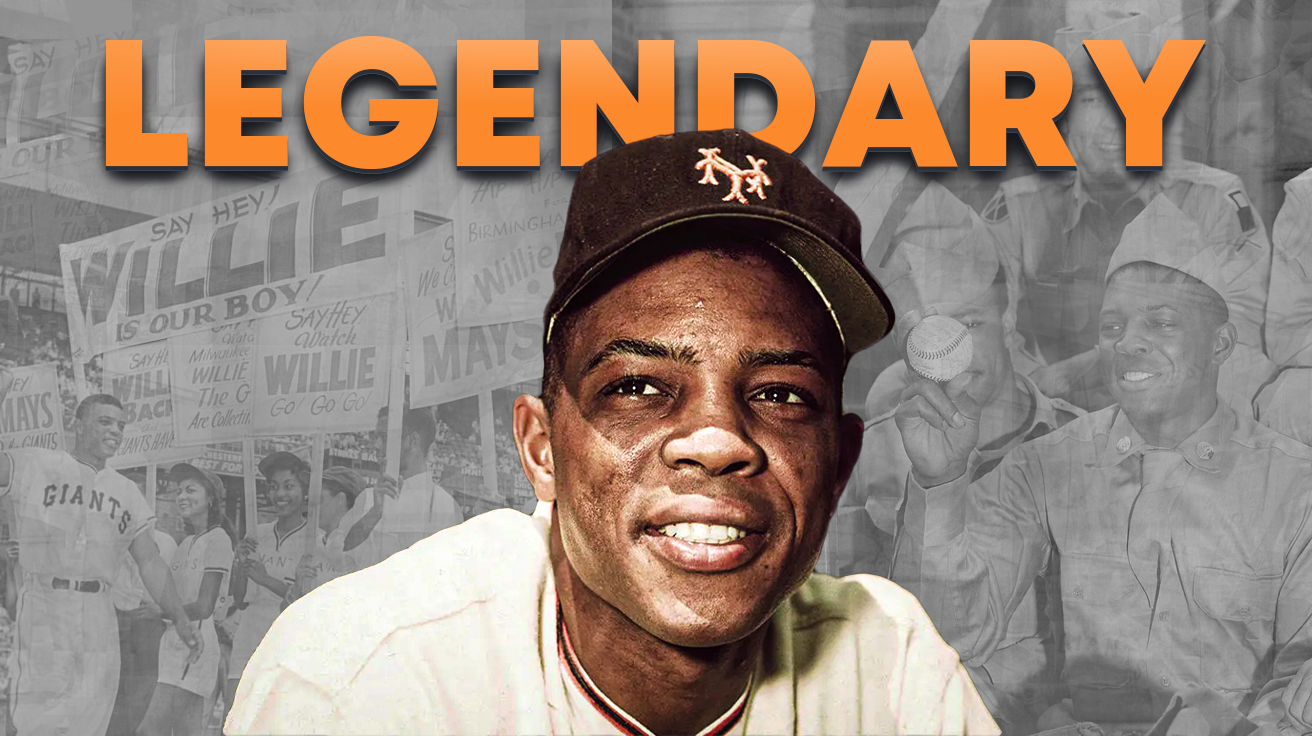
While many 1950s baseball legends fade into sepia-toned nostalgia, Willie Mays nonetheless remains technicolor brilliant. Indeed, he packed more electricity than Times Square on New Year’s Eve. As a result, fans were starstruck by his rare mix of skill and showmanship. Throughout his journey from the Negro Leagues to Cooperstown, Mays didn’t just play baseball—instead, he reinvented it.
With an impressive 660 home runs and 12 Gold Gloves, Mays therefore excelled at both power and finesse. In fact, this wasn’t just baseball; this was performance art with cleats on. So, are you ready to learn how a kid from Alabama became the player who makes modern millionaire athletes look lazy? If so, keep reading.
12. Early Life and Influences
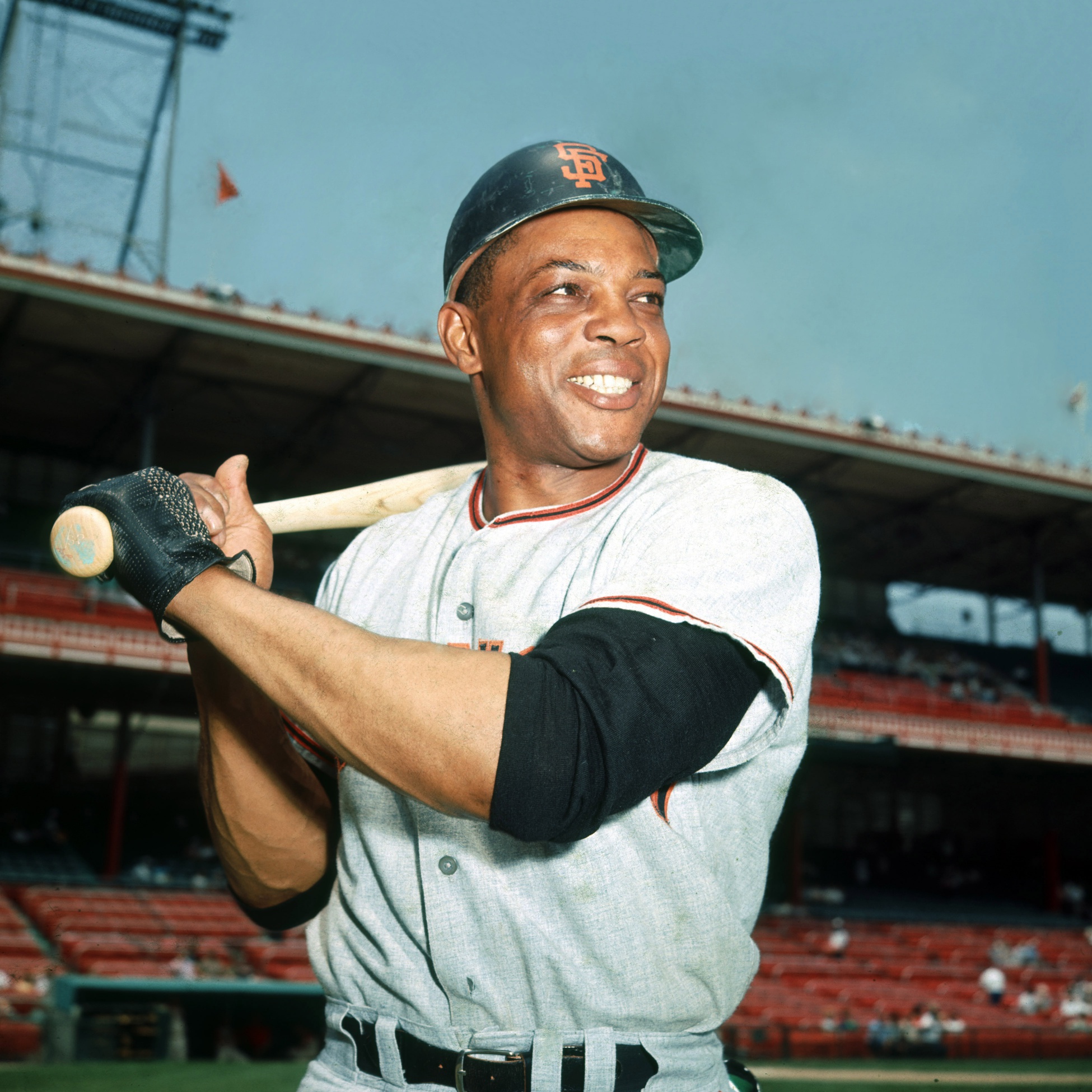
Born May 6, 1931, in Westfield, Alabama, Willie Mays subsequently grew up in an athletic household. For instance, his father played center field in industrial leagues with serious dedication. Similarly, his mother dominated track and basketball before women’s sports earned media coverage.
Young Willie naturally inherited these athletic gifts. Over time, he developed his distinctive style under their guidance. Specifically, his father shared baseball knowledge while his mother simultaneously instilled competitive spirit. Consequently, this gave Mays the perfect foundation for greatness before his professional career began.
11. Early Baseball Career
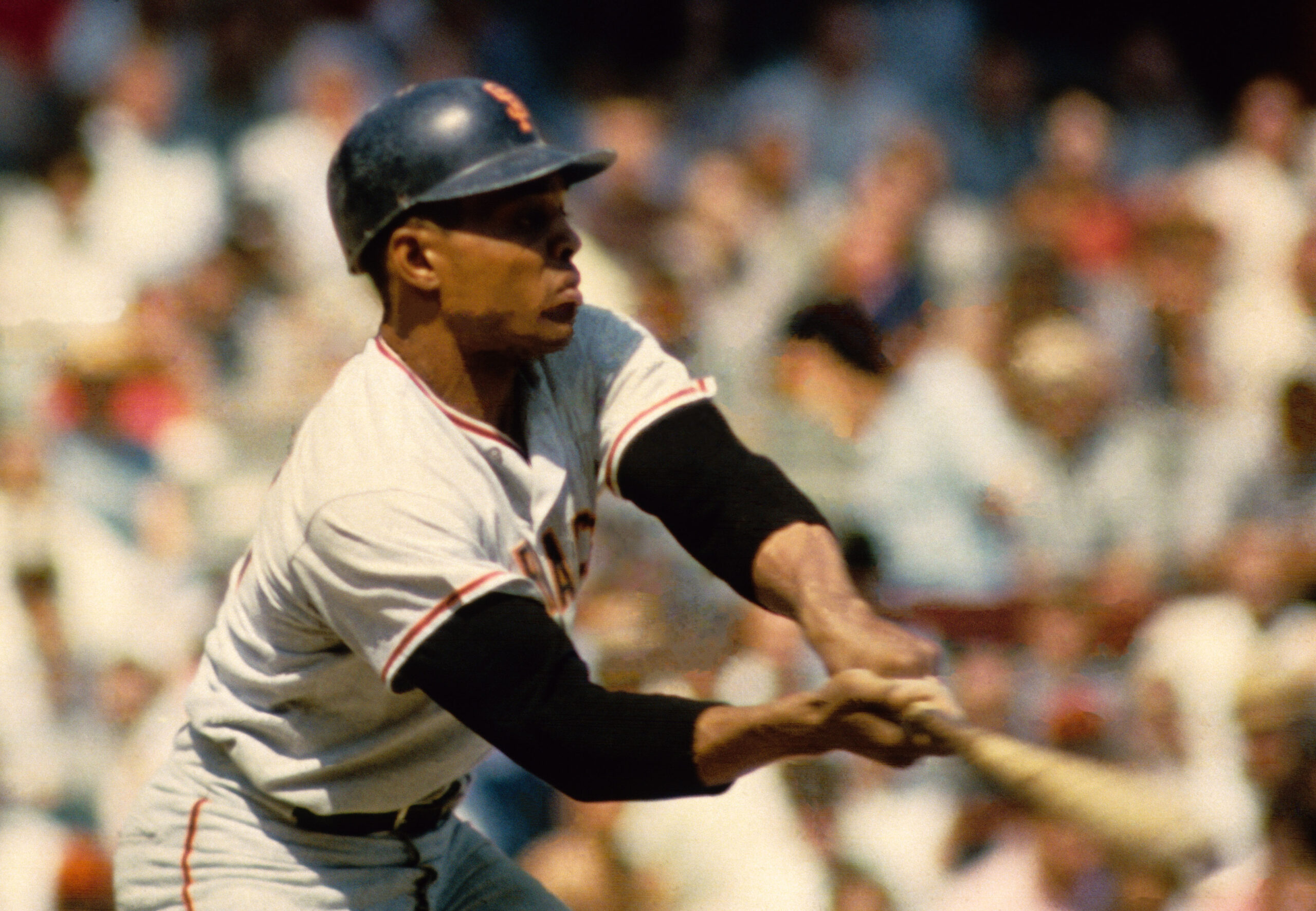
By the time he was 13, Willie Mays already played for the Gray Sox. In contrast, most kids that age were just figuring out how to sleep until noon. A few years later at 16, he joined the Birmingham Black Barons. During this period, he competed against grown men while still attending high school.
At that time, the Negro Leagues paid him $250 monthly—good money then but nevertheless a fraction of what modern players earn. Despite harsh segregation, the Negro Leagues still showcased extraordinary talent. As a result, this environment gave Mays a masterclass in baseball skills.
10. Getting Discovered
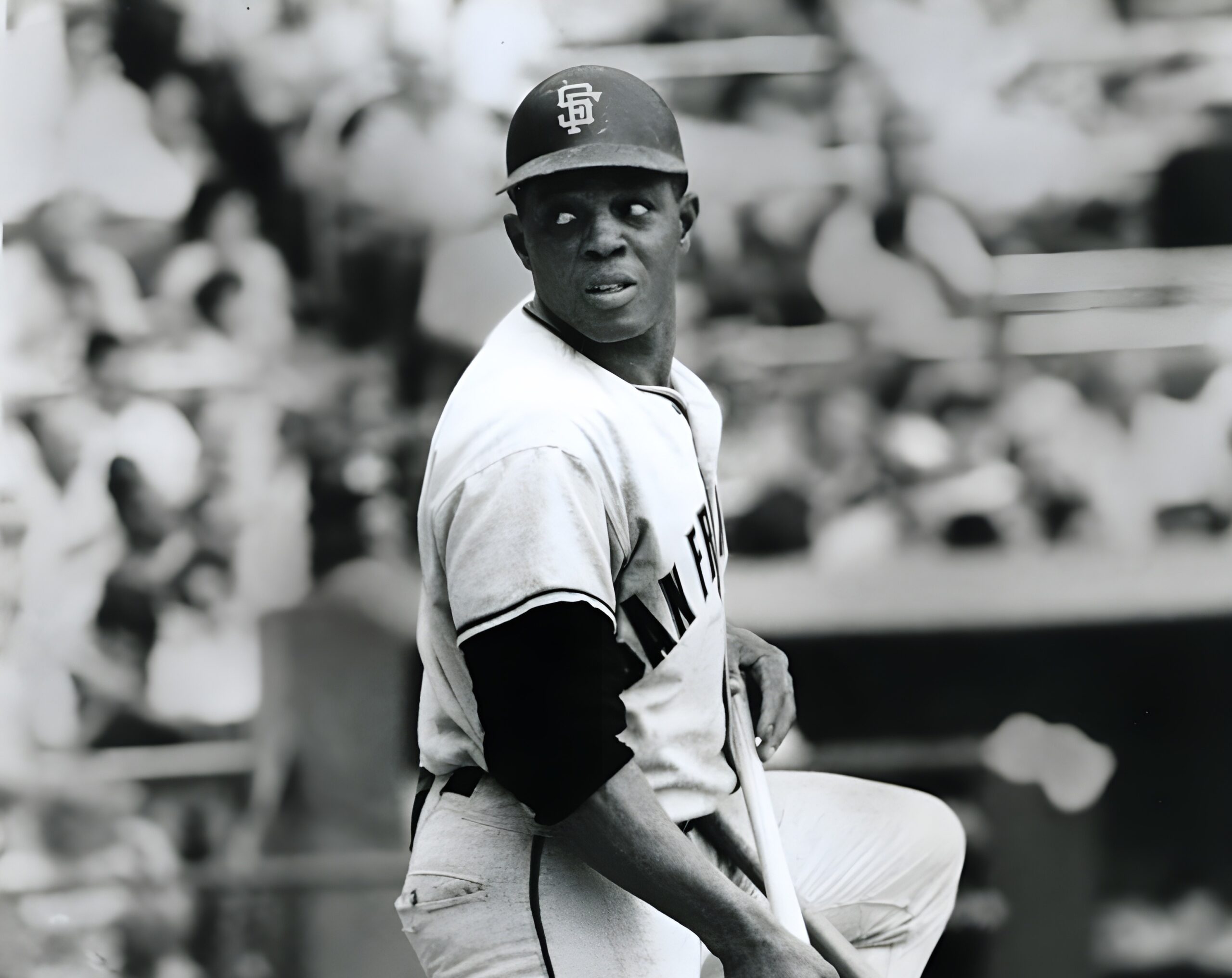
Finally, in 1950, New York Giants scouts spotted Mays and immediately acted quickly. Subsequently, the Giants offered him a $4,000 signing bonus—which today would barely cover a player’s equipment.
Moreover, his $350 monthly salary provided financial security previously out of reach. Thus, this contract started Mays’ rise to baseball’s elite circles.
9. Minor League Domination
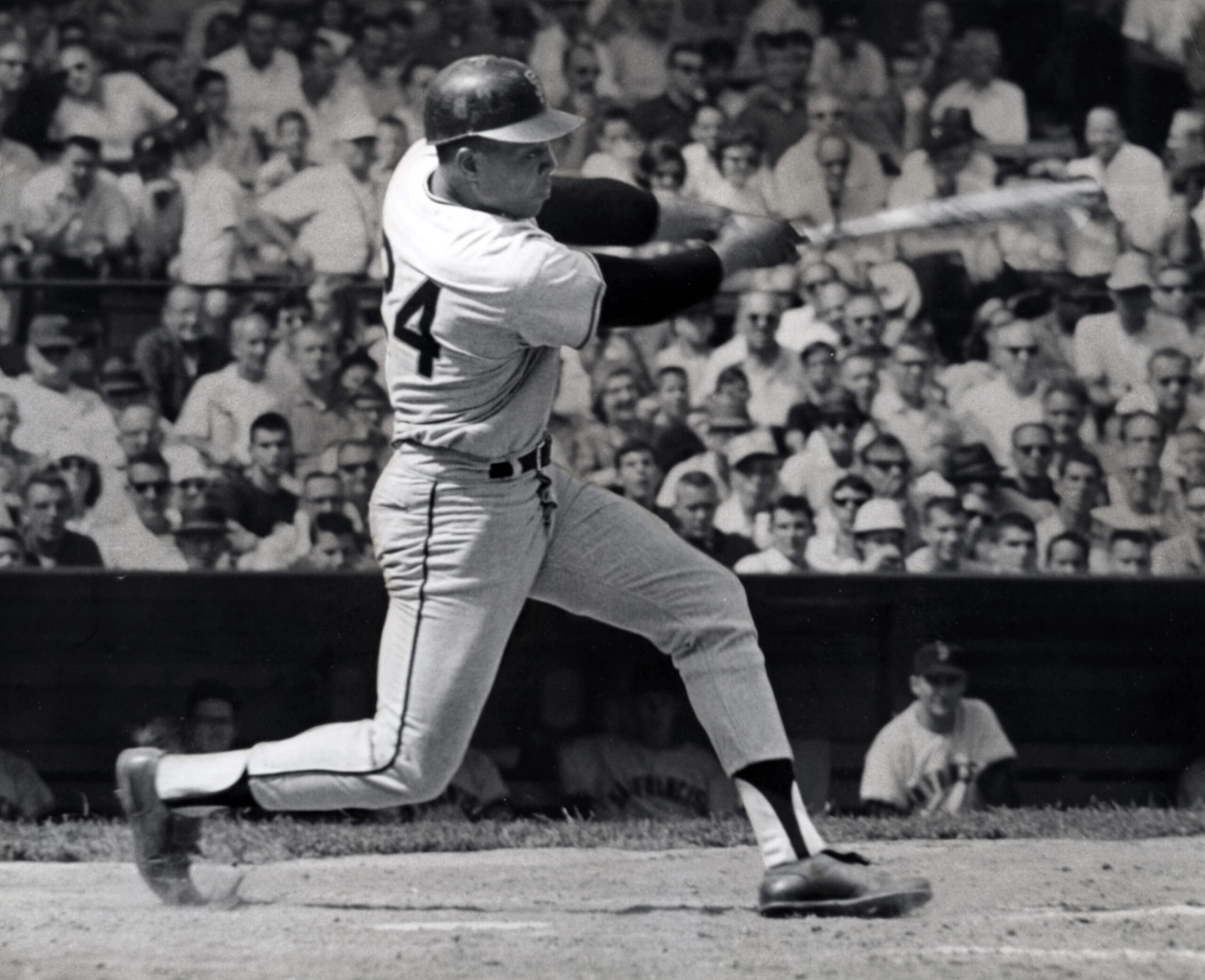
Mays then tore through the minor leagues with incredible speed. Soon after, he advanced to the Minneapolis Millers, where he dazzled everyone. According to reports, Giants manager Leo Durocher reportedly called the team owner after watching just one game. His message was remarkably simple: “I’ve found our center fielder.”
Clearly, this rise through the minors showed a player too talented for the lower leagues. In other words, Mays wasn’t just ready for the majors; rather, he was ready to transform them.
8. Joining the Big Leagues

Eventually, in May 1951, 20-year-old Mays joined the New York Giants and initially started with an 0-for-12 slump. Nevertheless, Durocher kept faith in him, saying, “As long as I’m managing this team, you’re my center fielder.”
Fortunately, that confidence paid off quickly. Before long, Mays’ talent began to shine, thereby proving that patience brings rewards in baseball.
7. Rookie of the Year
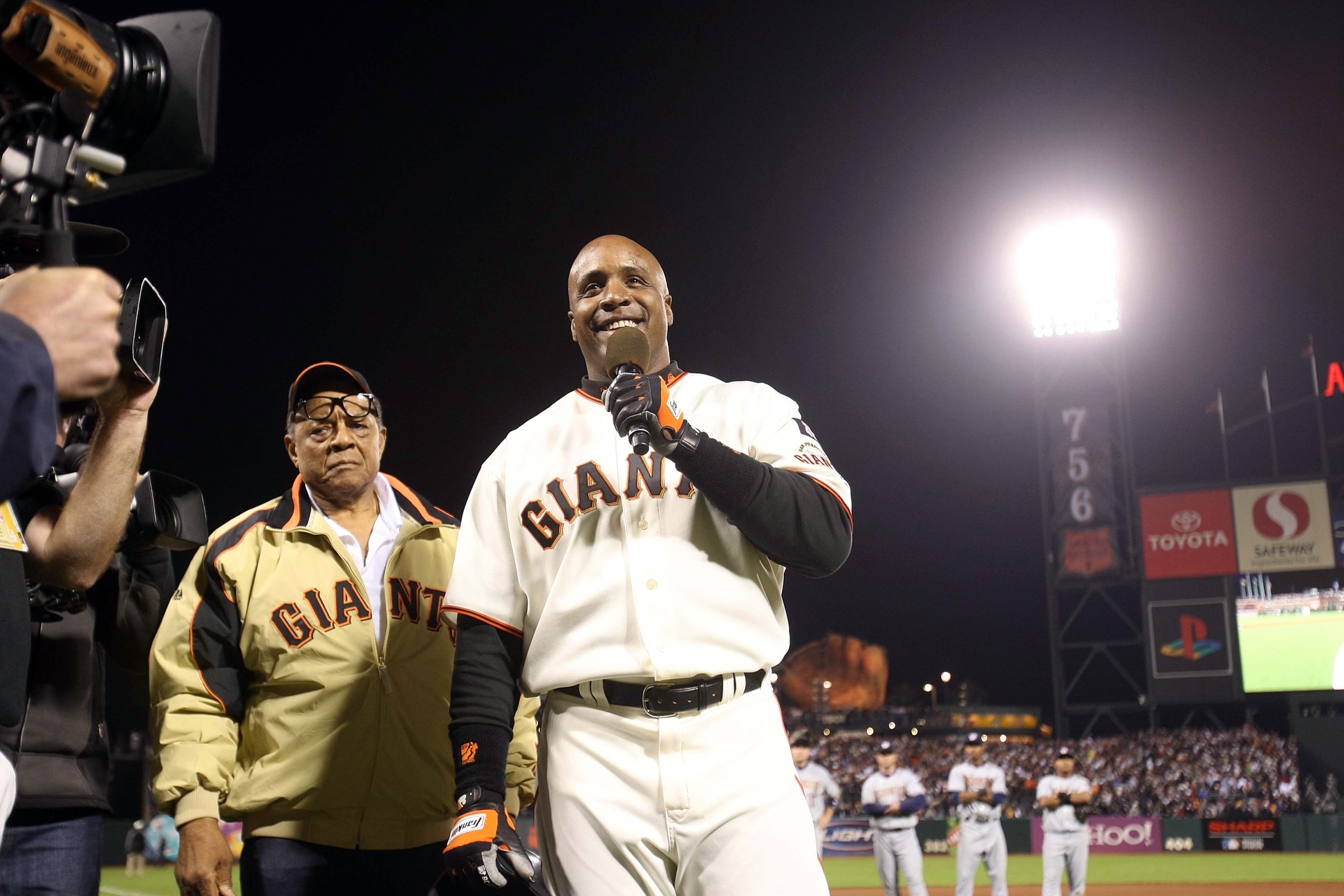
Although the U.S. Army drafted him mid-season, Mays still hit 20 home runs with 68 RBIs and a .274 average in just 121 games. Undoubtedly, these numbers would make modern rookies jealous.
Later that season, the Giants reached the World Series but unfortunately lost to the Yankees. However, Mays still won the Rookie of the Year award, thereby marking him as baseball’s brightest new star.
6. Military Service and Return
Soon afterward, the Army drafted Mays during the Korean War. As a result, he missed most of 1952 and all of 1953—a gap that would typically ruin most careers.
Yet surprisingly, Mays returned from service without missing a step. Indeed, his talent refused to dim, even though he spent two years away from professional baseball.
5. MVP and ‘The Catch’
Following his return, in 1954, Mays hit .345 with 41 homers, consequently earning MVP honors. However, baseball immortality came in the World Series against Cleveland with “The Catch.”
During that game, Vic Wertz crushed a ball to deep center field. Immediately, Mays ran with his back to home plate and tracked the ball perfectly. Then, he made an over-the-shoulder catch, followed by a spin and throw back to the infield in one motion.
Without question, this wasn’t just great defense; instead, it defied what seemed physically possible. In the end, the Giants won the World Series, and Mays showed exactly why he made the impossible look routine.
4. Move to San Francisco
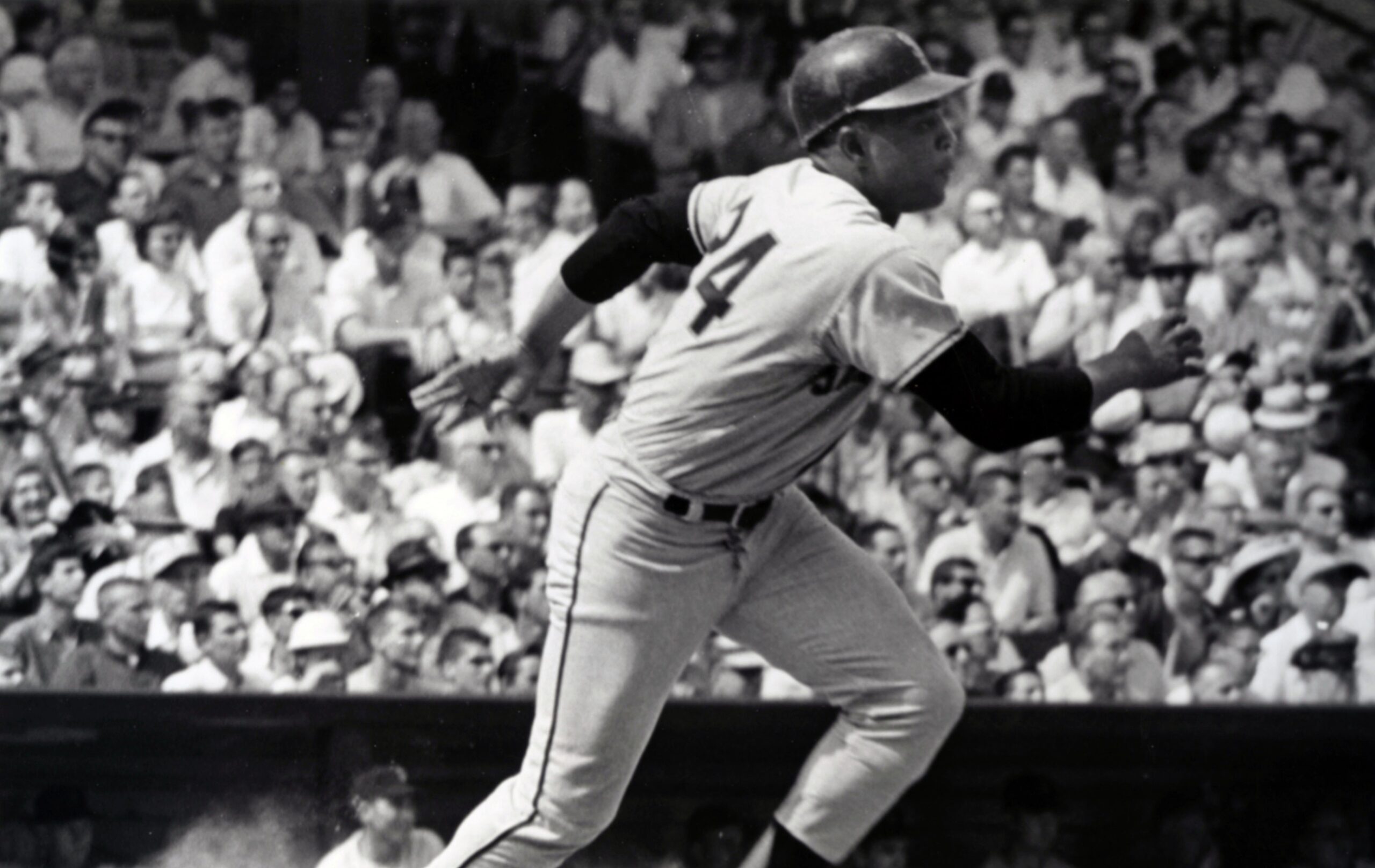
After 1957, the Giants relocated to San Francisco. Therefore, Mays packed his MVP trophy and headed west. Initially, the move challenged him, particularly because he missed New York’s energy and atmosphere.
3. San Francisco Success

Nevertheless, in San Francisco, Mays kept collecting achievements at an amazing pace. For example, he led the Giants to the 1962 World Series and additionally hit his 400th home run in 1963.
Throughout this period, his excellence anchored the team throughout the 1960s. Year after year, he won Gold Gloves and made All-Star appearances regularly. Thus, Mays proved that true greatness works in any location.
2. Later Career and Retirement
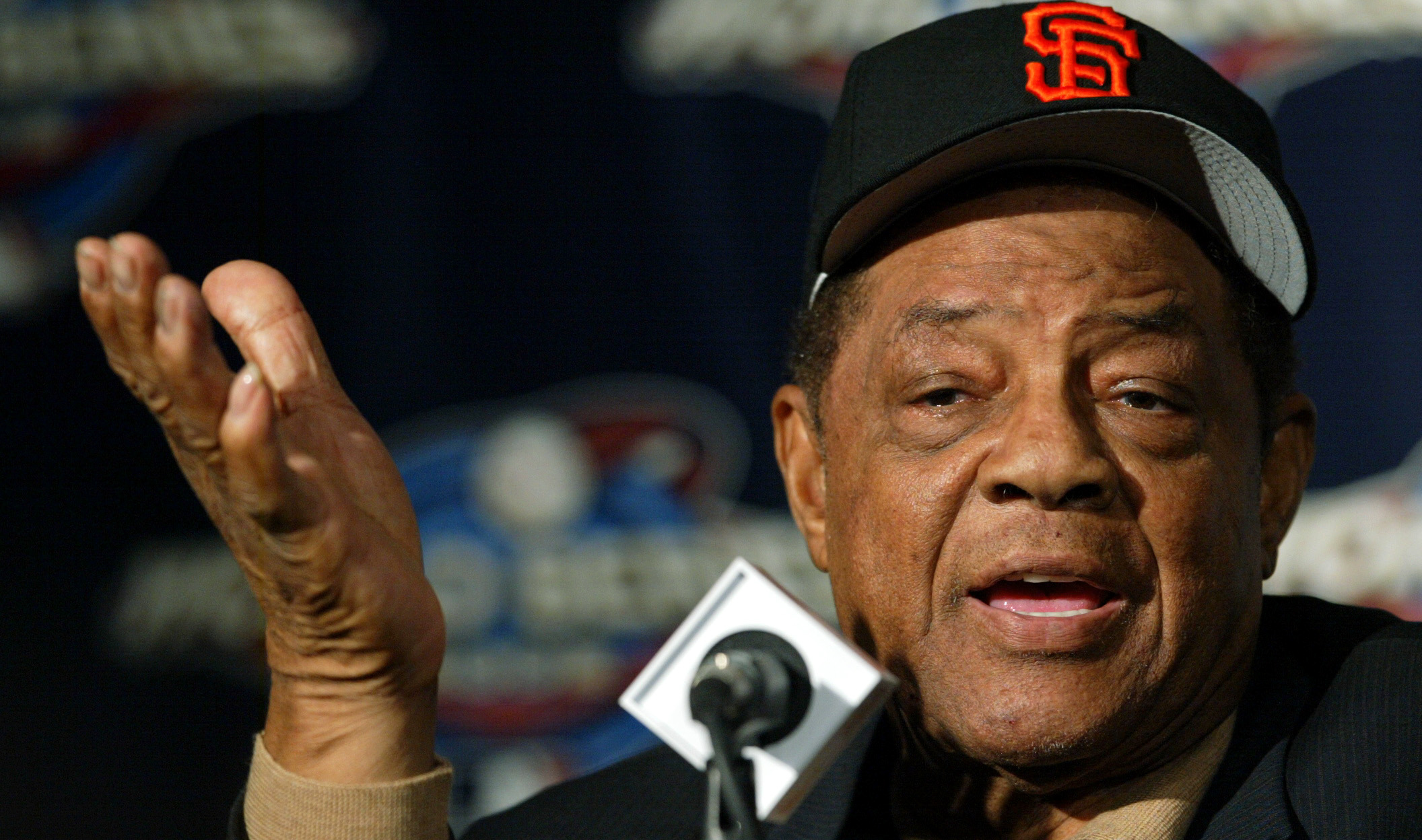
As the late 1960s arrived, age gradually began affecting Mays. Eventually, in 1972, the Giants traded him back to New York to play specifically for the Mets.
After nearly two seasons with the Mets, including a 1973 World Series appearance, Mays finally retired. On September 20, 1973, he said goodbye at Shea Stadium. Consequently, he left behind a sport he had changed forever.
1. Legacy and Hall of Fame
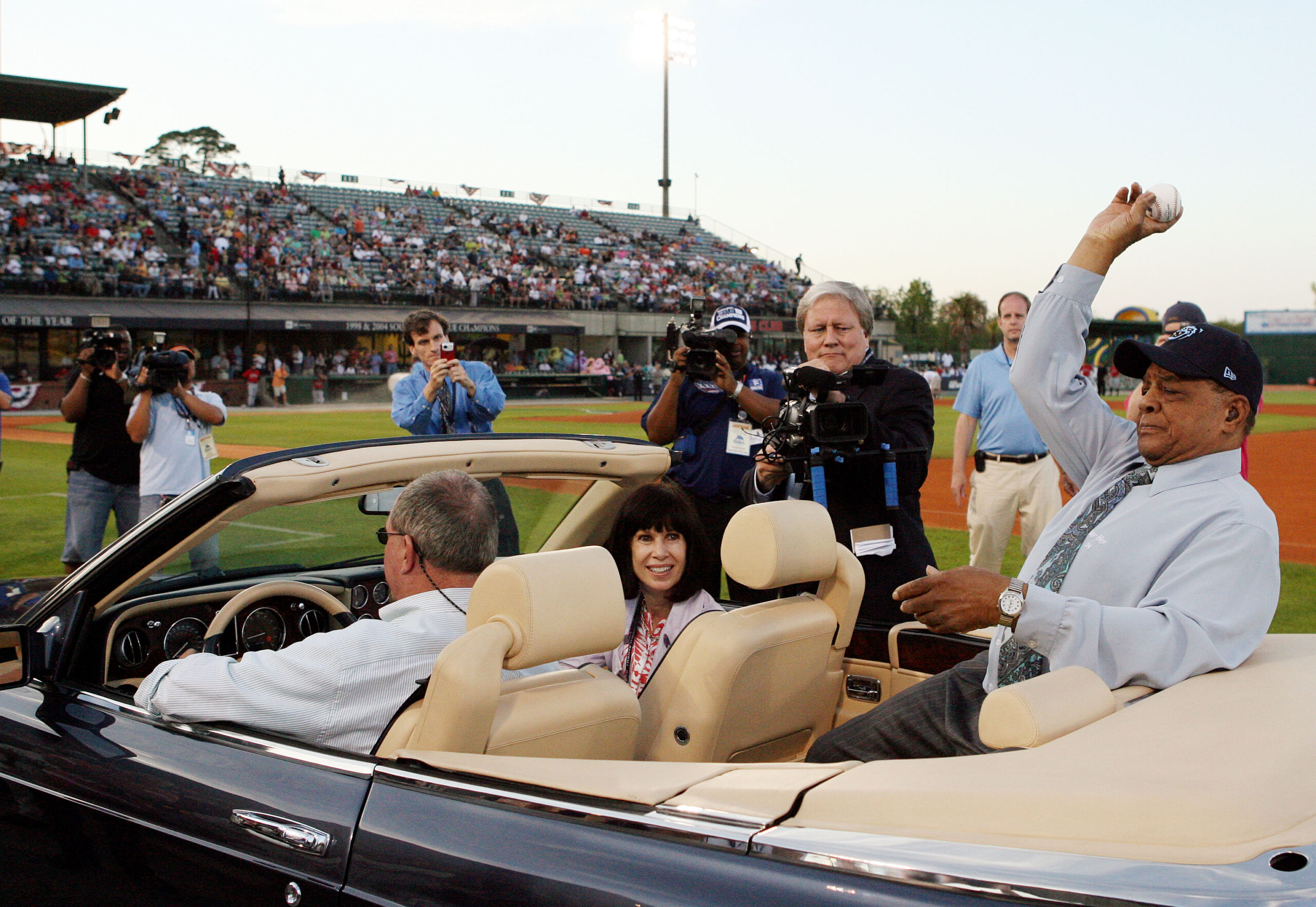
When all was said and done, Willie Mays finished with stunning numbers: 3,293 hits, 660 home runs, 1,903 RBIs, and a .302 average. Furthermore, he appeared in 24 All-Star Games, thereby showing remarkable consistency over decades.
As expected, in 1979, writers elected him to the Hall of Fame with 94.7% of the vote. Additionally, both the Giants and Mets retired his number 24.
Today, when experts debate the greatest player ever, Mays still remains a top candidate. Indeed, he defined the perfect “five-tool player” before most fans knew what that meant. In conclusion, in baseball’s long history, he wasn’t just a chapter—rather, he changed how the whole story could be told.



